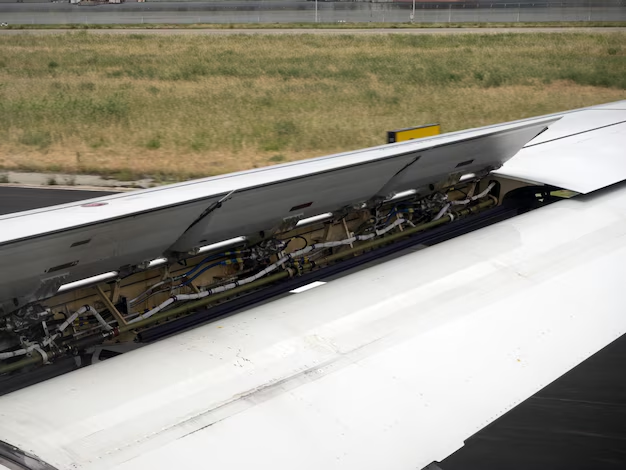Discover the Steps to Reseal Your RV Roof Effectively
Maintaining your RV’s roof is crucial to ensuring your travel adventures remain uninterrupted by leaks and the damage they can cause. Resealing the roof is a straightforward task that requires attention and the right materials but is highly rewarding in the long run. Here's a clear guide to help you reseal your RV roof, keeping your home on wheels in top shape.
Why Resealing Your RV Roof Matters
The roof of your RV is exposed to harsh weather conditions, UV rays, and debris. This exposure can lead to wear and tear over time, making resealing an essential maintenance task. Regular inspection and repair prevent leaks and prolong the life of your RV.
Materials Needed for Resealing
Before diving in, gather your materials. Ensure you have:
- Eternal Bond Tape: Excellent for seams and seal breaks.
- Lap Sealant: Perfect for small fixes and gaps.
- Sealant Remover: To clean existing sealant and prepare the surface.
- Rubber Roof Cleaner and Protectant: Keeps the surface clean and ready for action.
- Appropriate Sealant for Your Roof Type: Ensure compatibility with rubber, metal, or fiberglass roofs.
Step-by-Step Guide to Reseal Your RV Roof
1. Inspect the Roof Thoroughly
Begin by inspecting the roof for any signs of cracks, punctures, or seam issues. Look for discoloration or mildew that might indicate water penetration. A careful inspection will help you target areas that need the most attention.
2. Clean the Roof
A clean surface is vital for a successful reseal. Use a rubber roof cleaner to remove dust, grime, and old residue. This step ensures that new sealant adheres correctly. Be thorough, especially along the edges and seams.
3. Remove Old Sealant
Use your sealant remover to carefully work on the seams and edges where the old sealant is applied. Removing the worn-out sealant is crucial for ensuring proper adhesion of the new layer.
4. Apply New Sealant
For seams and small cracks, use lap sealant. Carefully apply it along seams, around AC units, vents, and other fixtures. For larger areas or repairs, applying a wide strip of eternal bond tape can be beneficial. Ensure that all materials are compatible with your roof's surface.
5. Protect and Maintain
Once the resealing process is complete, apply roof protectant to shield against future UV damage and dirt accumulation. Regular maintenance will extend the life of your repair efforts.
The Broader Impact of a Well-Maintained RV
Maintaining your RV isn't just about avoiding inconvenience; it's also about protecting your investment. A well-tended RV has higher resale value, extends the lifespan of your vehicle, and ensures that every trip you take is safe and enjoyable.
Unexpected repairs and replacements can also be financially draining. By investing a little time in regular maintenance, such as resealing the roof, you can avoid larger, costlier issues down the line.
Explore Financial Options for RV Maintenance
While maintaining your RV might seem costly upfront, there are resources available to help manage these expenses. Consider exploring the following options:
- 🚙 RV-Specific Insurance Plans: Designed to cover maintenance and repair costs, reducing the financial strain.
- 💰 Credit Card Solutions: Credit cards with rewards for travel and repair expenses can help manage costs.
- 📈 Home Equity Loans: If your RV is your full-time home, check if you can leverage home equity for significant repairs.
- 🎓 Educational Grants for Skills Training: Programs that include vehicle maintenance can reduce professional service costs.
- 🌟 Community Workshops: Join groups focused on RV maintenance skills to learn budget-friendly tips and tricks.
By staying proactive and leveraging available resources, maintaining the condition of your RV becomes a manageable task, ensuring your travels are as smooth and enjoyable as possible.
